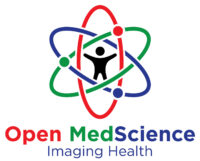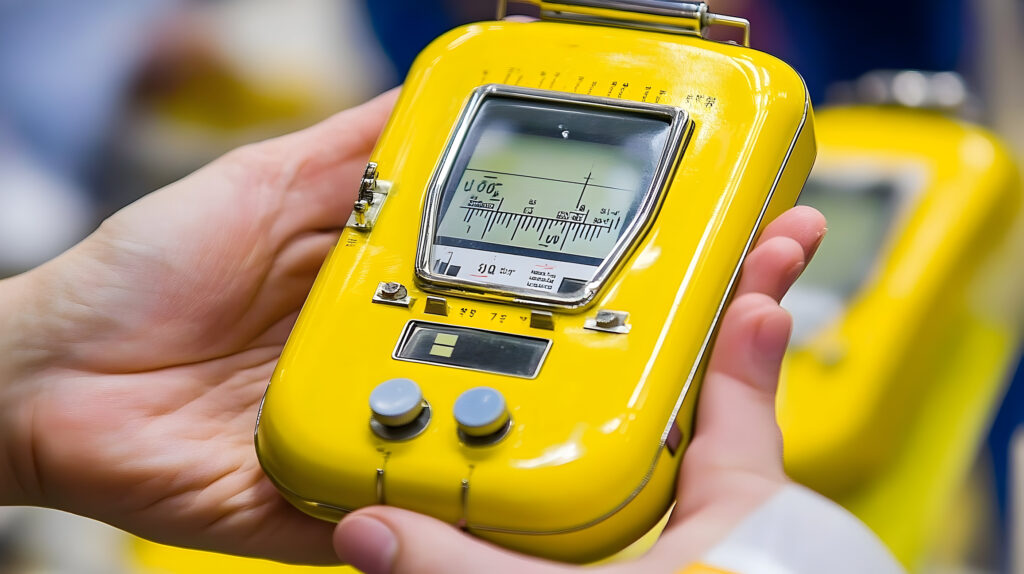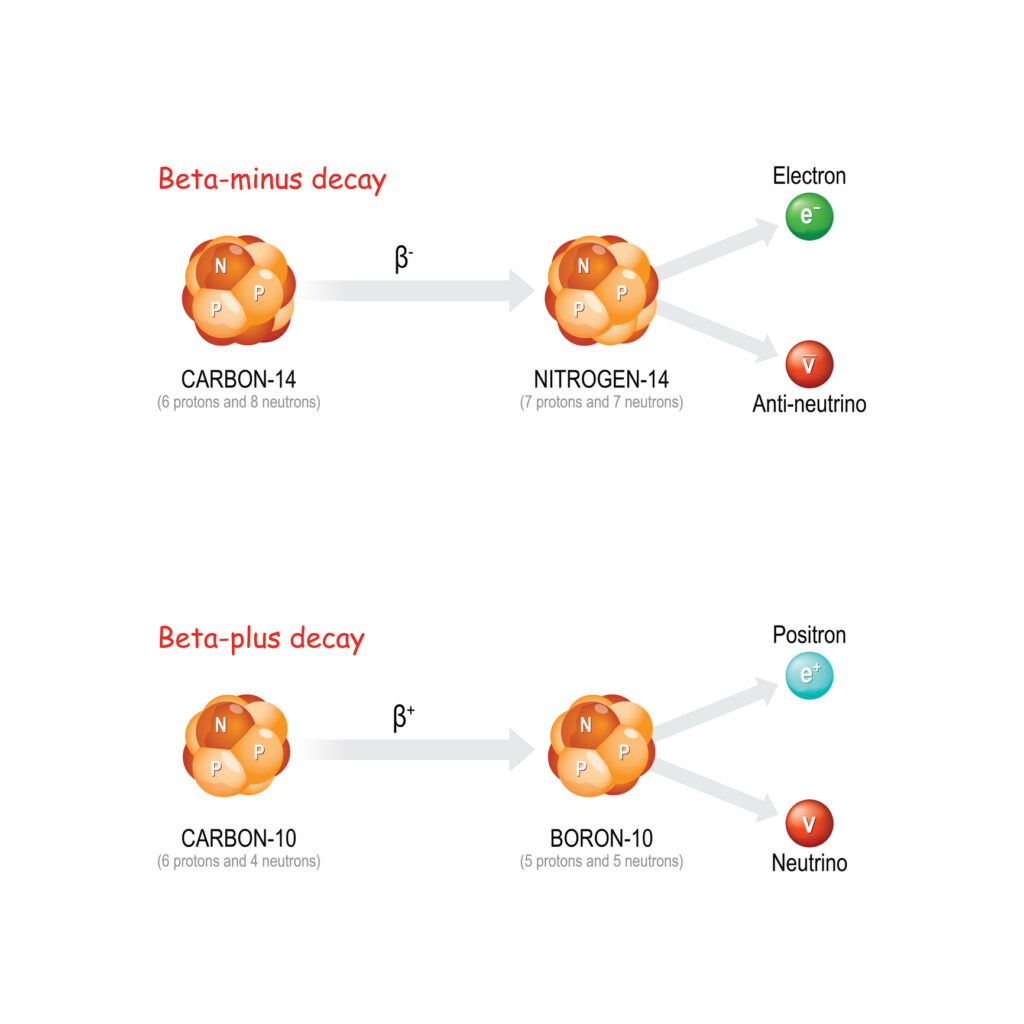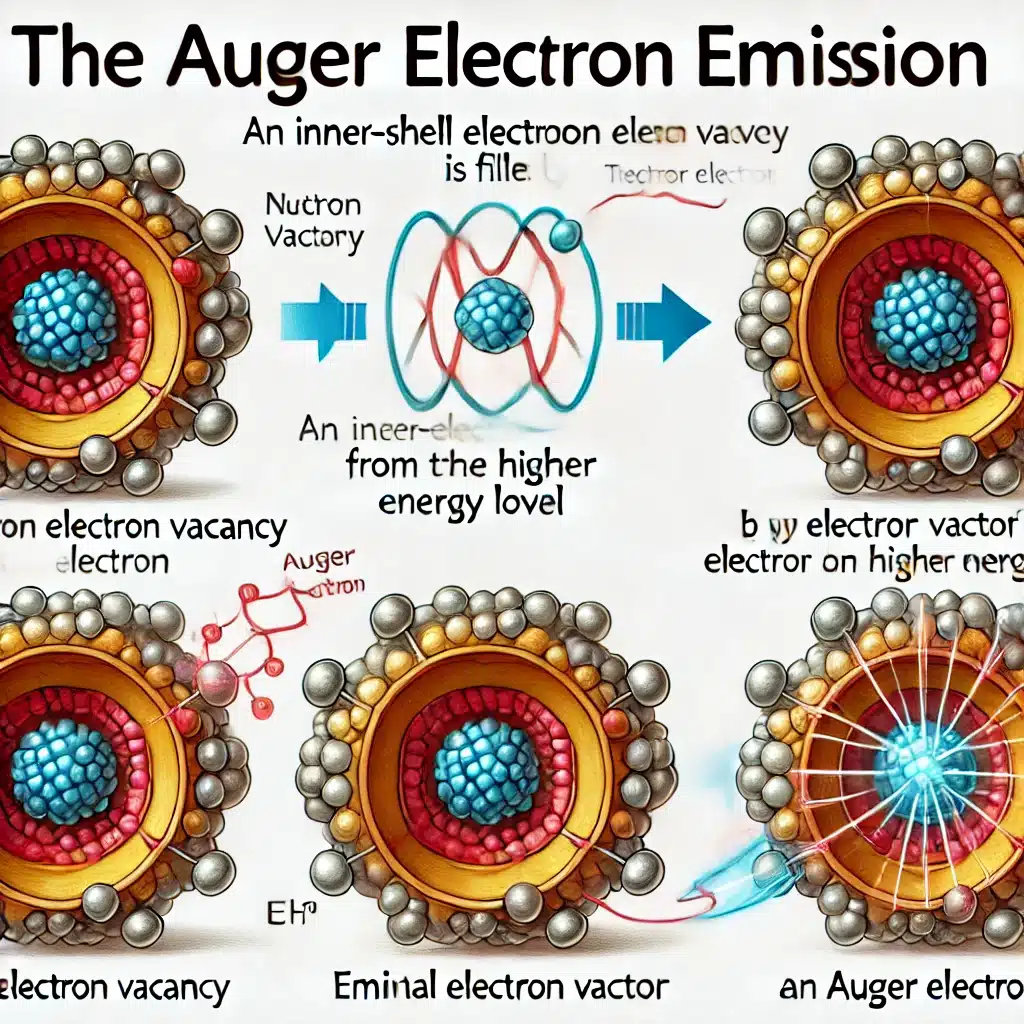Summary: Relative dosimetry plays a crucial role in ensuring that patients undergoing radiation therapy receive accurate and effective treatment. It focuses on measuring the distribution of radiation dose within a specified medium, allowing clinicians to assess and adjust therapeutic interventions without requiring knowledge of the absolute dose. This article examines the principles, techniques, and applications of relative dosimetry, as well as the evolving technologies and quality assurance strategies that make it a cornerstone of modern radiation therapy.
Keywords: Relative dosimetry, radiation therapy, dose distribution, ionisation chambers, quality assurance, phantom measurements
Introduction: Measuring What Matters in Radiation Therapy
Radiation therapy is one of the primary treatments for cancer, involving the use of ionising radiation to destroy malignant cells while sparing healthy tissue. The success of this treatment hinges on delivering precise and consistent radiation doses. Dosimetry, the science of measuring ionising radiation, is at the heart of this endeavour. While absolute dosimetry determines the actual dose delivered to tissue, relative dosimetry is equally essential. It provides spatial and comparative dose information, enabling accurate treatment planning and machine calibration without the need for absolute dose values.
Relative dosimetry allows physicists and clinicians to validate complex radiation fields, compare dose profiles, and adjust equipment to ensure optimal therapeutic outcomes. It is frequently used during quality assurance (QA), treatment commissioning, and routine checks, making it indispensable in both clinical and research environments.
Defining Relative Dosimetry
Relative dosimetry measures the dose distribution in a medium relative to a reference point or condition. Rather than determining the exact energy deposited in absolute units such as Gray (Gy), relative dosimetry focuses on proportional differences. For example, it might be used to verify that a certain part of a radiation beam receives 80% of the dose that the central axis does.
This approach is particularly useful for characterising complex dose distributions, such as those produced by modulated beams, small fields, or stereotactic techniques. Since relative dosimetry does not require detailed knowledge of environmental correction factors or beam quality conversion, it simplifies many essential aspects of radiotherapy dosimetry.
Dosimetric Equipment and Tools
Several instruments are used in relative dosimetry, each with specific advantages and limitations. Ionisation chambers, typically cylindrical or plane-parallel in design, remain the standard for many applications due to their stability and well-understood response characteristics. They are ideal for larger fields where lateral charged particle equilibrium is maintained.
For smaller fields, diode detectors, diamond detectors, and plastic scintillation detectors offer better spatial resolution and faster response times. These tools are crucial for intensity-modulated radiation therapy (IMRT), volumetric modulated arc therapy (VMAT), and stereotactic radiosurgery (SRS), where precision is of paramount importance.
Radiochromic films are also widely employed in relative dosimetry. These self-developing films change colour in response to radiation exposure and are scanned to generate two-dimensional dose maps. Although they require careful calibration and handling, their high resolution and tissue equivalence make them valuable for planar dose verification.
Additionally, water phantoms – either scanned or 3D automated systems – provide a reproducible medium for measuring relative dose distributions across multiple dimensions. Their use is particularly prevalent during beam commissioning and profile characterisation.
Clinical Applications and Importance
Relative dosimetry is embedded in numerous aspects of clinical practice. One of its primary applications is in the commissioning of linear accelerators (linacs). During this process, physicists map the dose profiles, depth-dose curves, and off-axis ratios of the radiation beams produced by the machine. This information populates treatment planning systems (TPS), ensuring that patients receive accurate and predictable doses.
It also plays a central role in QA protocols. Daily, monthly, and annual QA routines often involve relative measurements to track output constancy, beam symmetry, flatness, and energy stability. For example, daily checks with array detectors or simple point measurements help catch performance drifts before they impact patient treatments.
In IMRT and VMAT, pre-treatment verification is typically carried out using relative dosimetry. Here, the planned dose distribution is compared with measurements taken in phantoms to confirm the accuracy of complex delivery patterns. This comparison is frequently quantified using gamma analysis, which incorporates both dose difference and spatial agreement criteria.
Relative dosimetry is also instrumental in end-to-end testing, where the entire radiotherapy chain—from imaging and planning to dose delivery—is evaluated in a simulated treatment. This comprehensive approach is particularly valuable when introducing new techniques or equipment.
Challenges and Limitations
Relative dosimetry, though highly informative, is not without its challenges. The assumption that the detector’s response is uniform across the beam profile is not always valid, especially in non-uniform fields. Detector characteristics such as energy dependence, directional sensitivity, and volume averaging must be considered when interpreting results.
Small field dosimetry presents another layer of complexity. Under these conditions, the loss of lateral charged particle equilibrium and partial occlusion of the primary photon source can lead to significant deviations from expected measurements. Not all detectors are suitable for such environments, and corrections or specialised detectors may be necessary.
Furthermore, temperature, pressure, and humidity can influence detector performance, even in relative dosimetry. Although the impact is less pronounced than in absolute measurements, good practice dictates that environmental conditions be monitored and documented to maintain consistency.
Calibration is another critical area. Although relative dosimetry does not depend on a traceable standard for each measurement, the instruments must still be calibrated to ensure long-term reliability and comparability. For instance, a diode array used for daily QA must be regularly validated against a reference setup to detect and correct for drifts over time.
Advances in Relative Dosimetry Technologies
In recent years, technology has advanced rapidly, pushing the boundaries of what relative dosimetry can achieve. High-resolution detector arrays have enabled faster and more comprehensive field analysis. These include 2D and 3D detector systems based on ion chambers, diodes, or plastic scintillators, offering real-time feedback and integration with TPS for streamlined workflows.
Monte Carlo simulations are increasingly being paired with relative dosimetry to model complex dose distributions and validate measurement techniques. These simulations can correct for detector response issues and improve the interpretation of measurements in highly modulated fields.
Another innovation is the use of gel dosimeters and 3D printed phantoms. Gels provide volumetric dose data that can be imaged using MRI or optical CT scanning, enabling a deeper understanding of dose distributions in three dimensions. Customised phantoms, designed using patient-specific anatomy, allow relative dosimetry to mirror clinical scenarios with greater fidelity.
Wireless detectors and automation tools have also reduced setup times and improved repeatability. Such developments not only increase efficiency but also reduce the chances of human error during measurements.
Quality Assurance and Safety Implications
Radiotherapy is a high-stakes treatment modality, and small errors in dose delivery can have serious consequences. Relative dosimetry plays a crucial role in ensuring patient safety by integrating it into QA protocols. Regular monitoring ensures that equipment performs consistently and within tolerances; any deviation from expected values prompts further investigation.
Importantly, relative dosimetry supports a culture of verification and vigilance. When new treatment plans are developed, especially for advanced techniques, relative dose measurements provide a safety net before clinical implementation. They help identify potential planning or delivery errors, promoting both patient safety and clinician confidence.
In multi-centre clinical trials or collaborative environments, relative dosimetry ensures that dosimetric consistency is maintained across institutions. This is particularly important when pooling data or comparing outcomes, as variations in dose delivery can compromise the validity of the study.
The Future of Relative Dosimetry
As radiation therapy evolves, so too will the demands on dosimetry systems. Adaptive radiotherapy, where treatment is adjusted in real time based on anatomical changes, requires near-instantaneous dose feedback. Relative dosimetry systems are being adapted to meet these needs, with real-time measurement technologies under active development.
Artificial intelligence (AI) is also beginning to influence relative dosimetry. Pattern recognition algorithms can identify subtle trends in QA data, predict equipment issues, and streamline the plan verification process. By combining machine learning with large-scale dosimetric datasets, new insights into beam behaviour and treatment consistency are being uncovered.
There is also a growing focus on patient-specific QA that goes beyond standard phantoms. In vivo dosimetry, which measures dose during treatment using detectors placed on or in the patient, is being enhanced with relative measurement tools to provide immediate confirmation of dose delivery.
Moreover, as proton and heavy ion therapies gain traction, relative dosimetry techniques are being adapted to meet the unique challenges of these modalities. These include the need for higher spatial resolution and the ability to cope with steep dose gradients and high linear energy transfer (LET) effects.
Conclusion
Relative dosimetry is a foundational component of modern radiation therapy. By offering detailed insights into dose distributions without the need for absolute calibration, it enables clinicians to refine treatment delivery, perform comprehensive quality assurance, and ensure patient safety. From commissioning to daily QA, from IMRT verification to cutting-edge adaptive techniques, relative dosimetry remains an indispensable ally in the fight against cancer.
As technology continues to advance, so too will the sophistication and utility of relative dosimetry. Its role in radiation therapy will only grow stronger, ensuring that precision, safety, and efficacy remain at the forefront of clinical practice.
Disclaimer
The content of this article, The Science and Precision of Relative Dosimetry in Radiation Therapy, is intended for informational and educational purposes only. It does not constitute professional medical advice, diagnosis, treatment, or guidance. Open Medscience and the article’s authors have made every effort to ensure the accuracy and currency of the information provided; however, clinical practices may vary, and technological developments may affect the relevance or accuracy of certain details over time.
Clinicians, medical physicists, and healthcare professionals are encouraged to consult relevant guidelines, institutional protocols, and equipment manufacturers before applying any methods or interpretations discussed herein. Open Medscience assumes no responsibility for any consequences arising from the use or misuse of the content.
Readers should not rely solely on this article for decision-making in clinical settings. For personalised medical advice or treatment, please consult a qualified healthcare provider.
You are here: home » diagnostic medical imaging blog »



